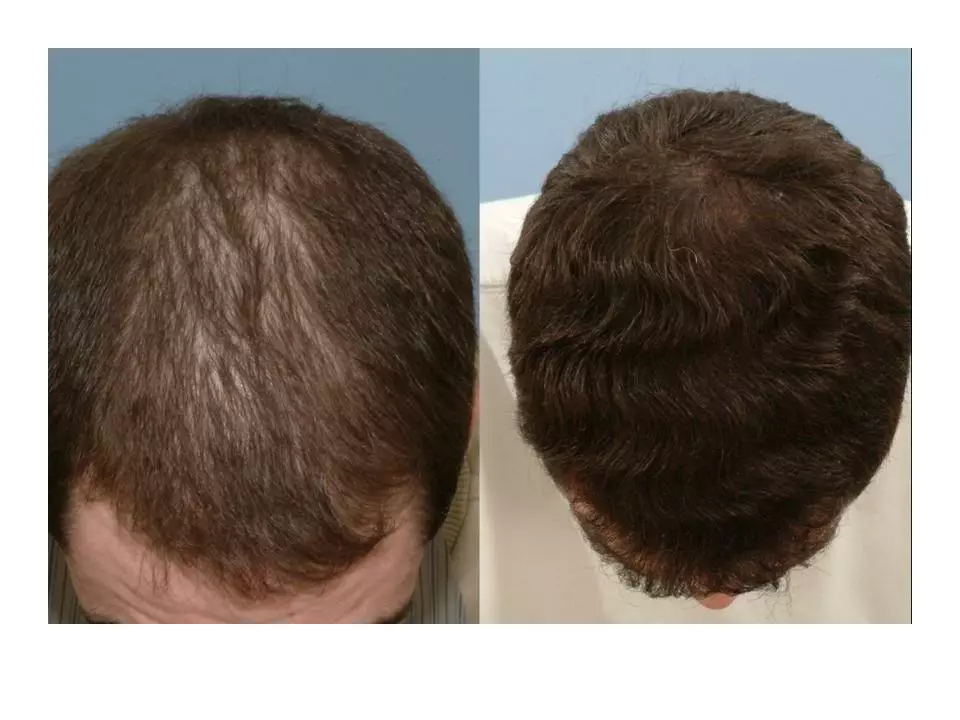Hair Loss: What Works and What to Try First
Hair loss feels personal. One week you blink and notice more hair in the shower, and your confidence dips. That’s normal to worry about. Good news: not all hair loss is permanent, and there are clear steps you can take right now that matter.
Common causes and how they differ
The most common cause is androgenetic alopecia — male or female pattern baldness. It’s genetic and driven by DHT, a hormone that shrinks hair follicles over time. Other causes include stress-related shedding (telogen effluvium), nutrient gaps (iron, vitamin D), autoimmune issues (alopecia areata), certain medicines, and physical hair damage from tight styles or harsh chemicals. If hair thins slowly at the crown or hairline, think pattern hair loss. If shedding comes on quickly after an illness or big life stress, it may recover on its own.
How treatments work and what to expect
Two widely used, proven options are topical minoxidil and oral finasteride. Minoxidil helps follicles stay in growth phase, and many see thicker hair after a few months. Finasteride blocks DHT and often stops further loss — it works best if started early. Both need time (three to six months) and ongoing use.
Other options: low-level laser therapy, platelet-rich plasma injections, and hair transplant surgery. These vary in cost, downtime, and results. Over-the-counter supplements like biotin help if you have a deficiency, but they won’t reverse genetic hair loss. Talk to a doctor before starting meds — finasteride has known side effects for a small number of men.
Practical daily steps you can do today
1) Be gentle: avoid tight ponytails, hot tools, and aggressive brushing. 2) Check your diet: protein, iron, vitamin D, and zinc matter for hair growth. 3) Use a mild shampoo and avoid daily harsh chemical treatments. 4) Manage stress—sleep, exercise, and small routines lower shedding linked to stress. These small changes often help hair look better fast, even if regrowth is slow.
When to see a doctor
See a clinician if you notice sudden patchy loss, scalp redness, bald spots, or if shedding is heavy and not improving after a few months. A doctor can run blood tests, check for scalp conditions, and recommend treatments that fit your goals. If you’re considering finasteride or a transplant, get a proper exam first.
Want more detail? Read our full articles on finasteride, hair-loss medications, and practical treatment comparisons to pick the best path for you. Hair loss can feel overwhelming, but with the right steps and realistic expectations you can slow loss and often improve what you already have.

Bupropion and Hair Loss: What You Need to Know
As a blogger, I've been researching Bupropion and its potential side effects, including hair loss. From what I've gathered, it's a medication primarily used to treat depression and help people quit smoking. Some users have reported hair loss, although it seems to be a rare side effect. It's important to monitor any changes while taking Bupropion and consult your doctor if you experience hair loss or any other concerning symptoms. Remember, every individual's experience may vary, so always prioritize your well-being and seek professional advice when needed.
